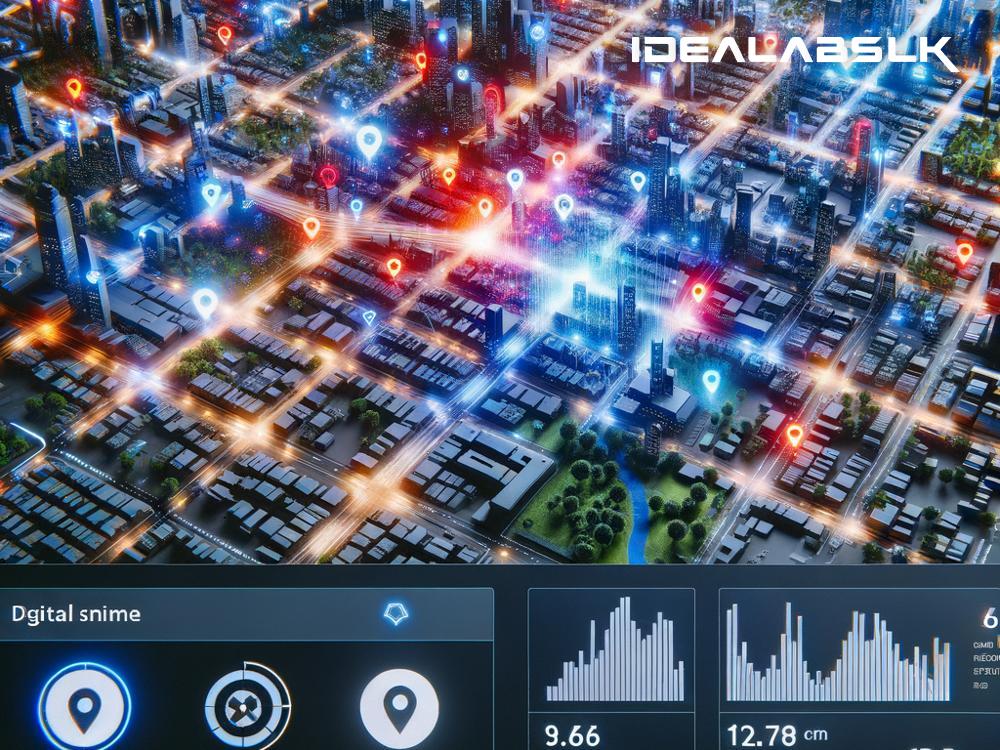How Predictive Policing Works with AI: A Simple Guide
Imagine a world where police officers could predict a crime before it even happens, like in the science fiction movie "Minority Report." While we're not exactly there, we are taking steps towards predictive policing, thanks to the help of Artificial Intelligence (AI). This article will dive into how predictive policing works with AI, breaking it down into simple terms anyone can understand.
What is Predictive Policing?
Predictive policing is a method that uses data analysis to anticipate and prevent potential crimes before they occur. It analyzes vast amounts of information to predict where and when crimes are likely to happen. This method helps law enforcement allocate their resources more efficiently, enhancing their ability to protect communities.
The Role of AI in Predictive Policing
AI plays a pivotal role in predictive policing. It uses machine learning, a type of AI where computers learn from data without being explicitly programmed. Imagine teaching a child to identify different kinds of fruits by showing them pictures. Over time, the child learns to recognize them, even if they see a fruit they've never seen before. Similarly, AI learns from vast amounts of historical crime data to identify patterns and predict future crime trends.
How Predictive Policing Works with AI
-
Data Collection: The first step involves gathering data. This can be anything from crime reports, calls to police, social media posts, weather data, to even the time of day or year. The more diverse and comprehensive the data, the better the predictions will be.
-
Data Analysis: Once data is collected, it's time for the AI to analyze it. Using machine learning algorithms, AI sifts through the data looking for patterns. For example, it might notice that burglaries increase in a specific neighborhood during holidays or that vandalism occurs more frequently in areas with less street lighting.
-
Prediction: After analyzing the data, AI uses the patterns it found to make predictions about where and when future crimes might happen. These predictions aren't about individual acts but rather about identifying hotspots or periods when crime rates are likely to spike.
-
Prevention: With this information, police forces can take proactive measures. For instance, they might increase patrols in a predicted hotspot or work with the community to address underlying issues contributing to crime.
-
Evaluation and Adjustment: Predictive policing is an ongoing process. AI systems constantly take in new data, refine their algorithms, and adjust their predictions. This ensures that the system evolves and adapts to changing patterns and behaviors.
The Benefits of Predictive Policing with AI
-
Efficiency: By focusing resources on predicted hotspots, law enforcement can prevent crimes more efficiently rather than spreading their efforts thinly across a larger area.
-
Prevention: Predictive policing emphasizes preventing crime before it happens, which is a shift from the traditional reactive approach of responding to crimes after they occur.
-
Community Relations: When used responsibly, predictive policing can lead to safer communities, fostering better relations between law enforcement and the public.
Ethical Considerations and Challenges
While predictive policing with AI offers significant benefits, it's not without its challenges. The biggest concern is the risk of bias in AI predictions. If the historical data fed into AI systems reflect biases (for example, over-policing in certain neighborhoods), the AI might reinforce or amplify these biases, leading to unfair targeting of specific communities. Therefore, ensuring transparency, accountability, and fairness in predictive policing models is crucial.
The Future of Predictive Policing with AI
Predictive policing with AI is still in its early stages, and as technology advances, its capabilities will only grow. However, as we navigate this future, it's essential to balance the benefits of predictive policing with ethical considerations and the protection of civil liberties.
Conclusion
Predictive policing with AI represents a significant leap forward in the fight against crime. By harnessing the power of data and machine learning, law enforcement agencies can predict and prevent crimes, making our communities safer. However, as we embrace this technology, we must also address the ethical challenges it poses, ensuring that predictive policing is used in a way that is fair, unbiased, and respects the rights of all individuals.

